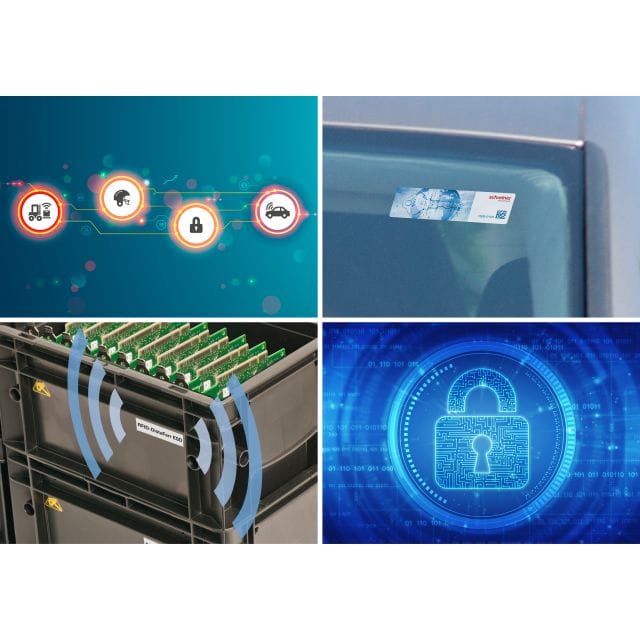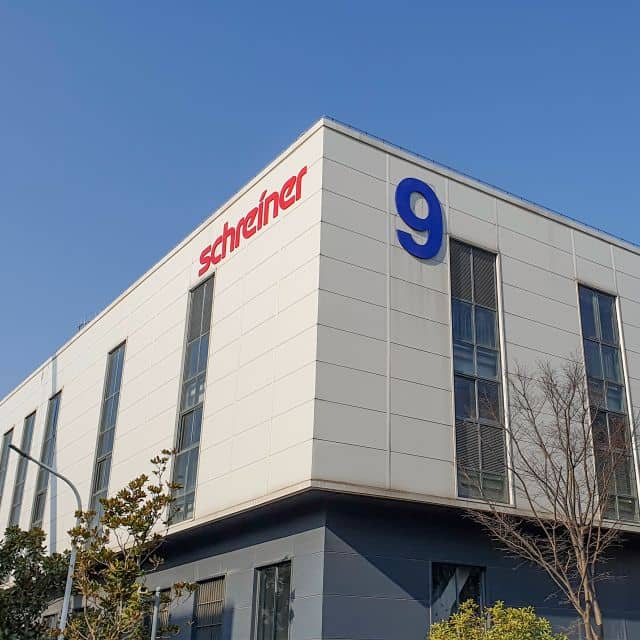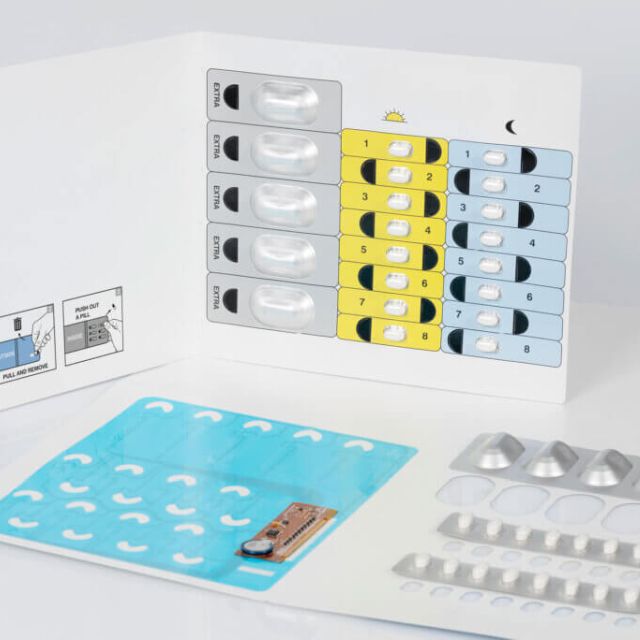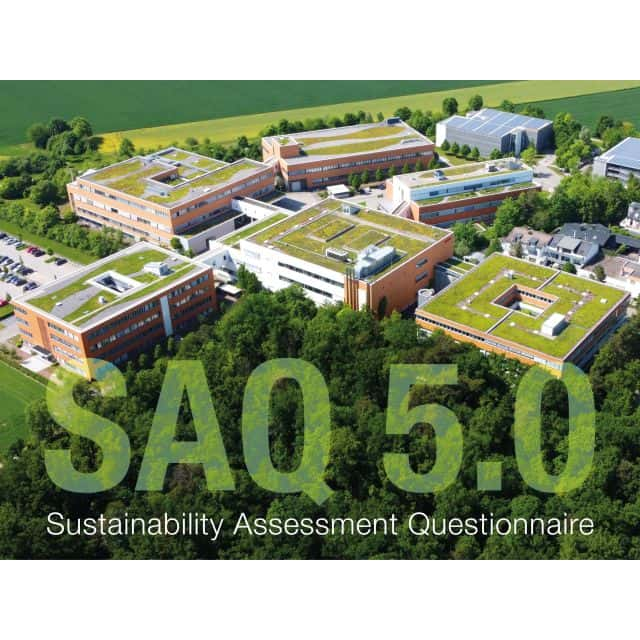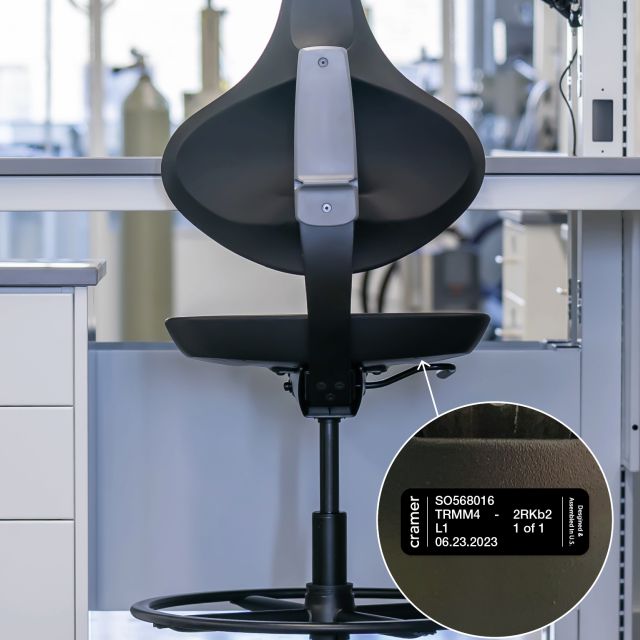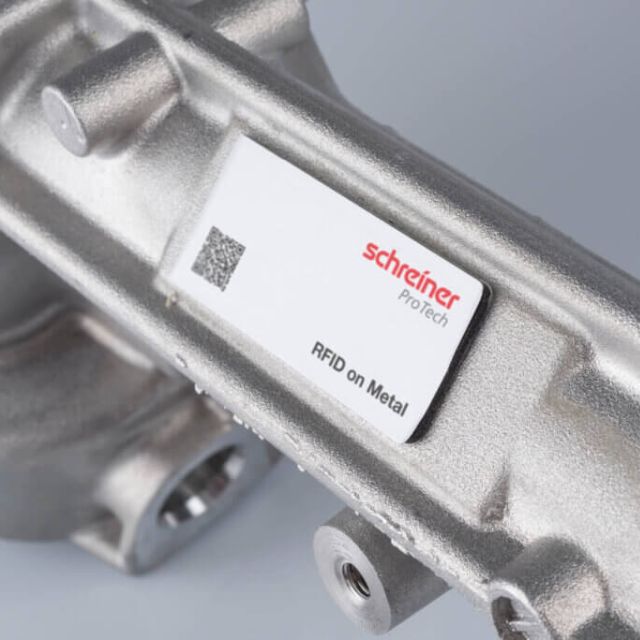Technical equipment, pumps, generators or servers: Most systems in large companies require regular worldwide tracking and checking.
Schreiner LogiData provides comprehensive consulting support to customers in this area. In addition to serving asset management purposes, checks are necessary to ensure the safe operation of equipment and to optimally schedule services and inspection/test intervals. In some cases, the documentation of operating times and test/inspection intervals is also required by law because especially in the area of external maintenance, service providers are frequently contracted to perform these checks.
Article written by Schreiner LogiData
Basically, there are two variants of requirements for checks and monitoring, etc. One of them is the reliable worldwide management and maintenance of company-owned equipment assets. The other one involves equipment that is operated by customers and subject to a warranty, safety or security service, or maintenance.
For both variants, the provision of equipment with RFID nameplates yields major advantages. The eight key benefits (see info box) that RFID technology offers compared to conventional barcode data acquisition clearly show what options and additional applications are possible.
In order to generate an optimal RFID application, potential requirements in the process or concerning reliability of use have to be analyzed in advance because not every RFID frequency is suitable for every requirement and the implementation of some demands is not feasible. Data acquisition processes, for instance using full-fledged handheld RFID readers or smartphone- based reading, must be clarified in advance.
In the case of normal labels, metal surfaces or large amounts of metal in the surrounding area interfere with RFID transmission or prevent it entirely. For such challenging applications, Schreiner offers suitable solutions: Specifically for use on metal, Schreiner Group has been offering various RFID labels that effectively work on metal.
Especially in the UHF range, the DistaFerr label family provides a wide selection of RFID onMetal products. The labels offer read ranges between 1 and 4 meters and enable high reading results even in places that are difficult to access. The products are small, robust and resistant against wetness.
Nameplates printed with barcodes or equipped with RFID can be programmed and printed according to the customer’s needs. In addition, printing, programming and dispensing systems matching the labels can be offered as well.
The 8 Key Benefits of RFID Technology versus Conventional Barcode Data Acquisition
1. Optimum Anti-Tampering Security
The combination of an encryption in the RFID chip and a barcode can be reliably allocated to a piece of equipment. As a result, the RFID nameplate offers a major advantage in terms of the security of the data storage device. Consequently, barcodes can no longer be copied, which represents a considerably higher security factor especially in the case of warranty issues.
2. Assurance of “On-Site” Presence
In many cases, equipment has to be regularly checked on-site to assure its safe operation. Because nameplates consisting strictly of barcodes can always be copied and read off-site, checks can easily be feigned. RFID nameplates, however, guarantee that the inspection service provider was physically present at the object because a copy of the barcode as an identifier would not be sufficient.
3. Flexible Documentation on the Object
In addition, an RFID label makes it possible to store inspection data such as calendar date, personal ID or the condition and activities performed so that the on-site inspector can always readily access the latest status. This does not require central access to the database and the data can be flexibly adjusted as appropriate.
4. Reliable Reading Even in the Presence of Dirt
Because RFID requires no line of sight data can even be read if the barcode is very dirty, faded or hard to read for other reasons.
5. Reading through Housings
Due to vandalism or exposure to severe stress, some pieces of equipment have to be enclosed in plastics, wood, concrete or glass housings. An RFID label can even be read through the material and thus offers more possibilities for application to the equipment than a conventional barcode.
6. Optimal Reading in the Application
The fact that nameplates designed for the UHF RFID frequency band can be read from a distance is another advantage. This makes reading possible even in places that are hard to access. Because all of the RFID labels are passive (without a battery of their own) this applies to the entire lifecycle of the nameplate.
7. Additional Option: Bulk Reading
In bulk reading, several objects in the UHF frequency band can be detected and posted in the system within a fraction of a second. Especially in logistics, this enhances workflow across the entire supply chain. However, this option has to be analyzed on the respective process because in bulk reading technical influences may limit read range.
8. Smart Equipment-Material Communications
In the area of “service checks,” it is possible to check operating periods or runs by means of RFID. Due to a small RFID reader inside the equipment, expiration dates of consumables or read cycles can be communicated. The reader can shut off the equipment if reliable processing is no longer ensured.





